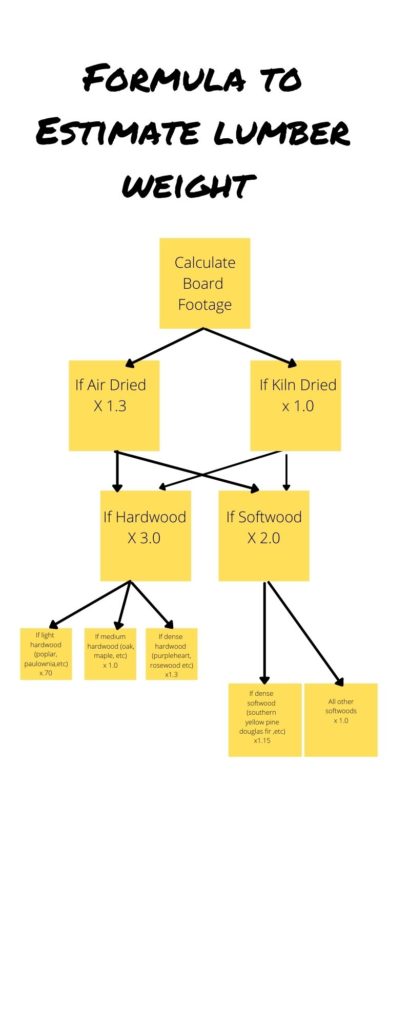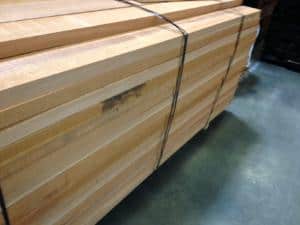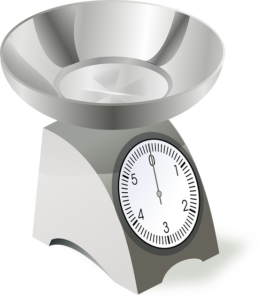How Much Does Lumber Weigh?

Lumber Weight Is Based on 3 Factors
- The dimensions of the lumber
- The moisture content of the lumber?
- The density of the wood
Moisture Content Affects Wood Weight
Lumber Density and Weight
Density is defined as mass per unit of volume. Density or Specific Gravity refers solely to the wood fiber of the lumber. Thus, water or moisture content is not considered in calculating wood density.
Wood densities range from a low of .3 for Paulownia wood to a high of 1.20 for Brazilian Kingwood!
In my experience as a career lumber professional, Wagner Meters are the best source for accurate specific gravity information by wood specie. You can check their extensive list of wood density by specie here.

1 Easy Way to Estimate Lumber Weight
- Calculate or estimate the board footage of the timber.
- Is wood green (just fresh sawn) , air dried (been lying around a or kiln dry. Need moisture meter.
- Is it a softwood (pine, fir, spruce, etc)or hardwood (oak, maple, etc)
- Measure or estimate the board footage
- If the wood is air dried multiply by 1.3
- If the wood is kiln dried multiply by 1.0
- If it’s a hardwood multiply x 3
- If it’s a softwood multiply by 2
- 2x4x8 air dried white oak
- 2x4x8 kiln dried Poplar
- 2x4x8 kiln dried Sugar Pine


Another Way to Estimate Timber Weights
- Cut a small portion of the board. Small enough to fit on a common bathroom or postage scale.
- Weigh the sample.
- Convert to LB’s/ 1 BF.
- Multiply by the BF of the board being estimated.
Unfortunately, that is only accurate if the moisture content of the sample piece is consistent throughout the board. Typically, the ends of a timber plank are drier (and thus lighter) than the interior portions of the lumber. This is due to the constant exposure of the end grain exposure to air flow. Accordingly, taking a small sample from the end may not accurately represent the average lumber weight.




Pingback: CALCULATING BOARD FEET: All You Need To Know 2021 - * 2021 UPDATE